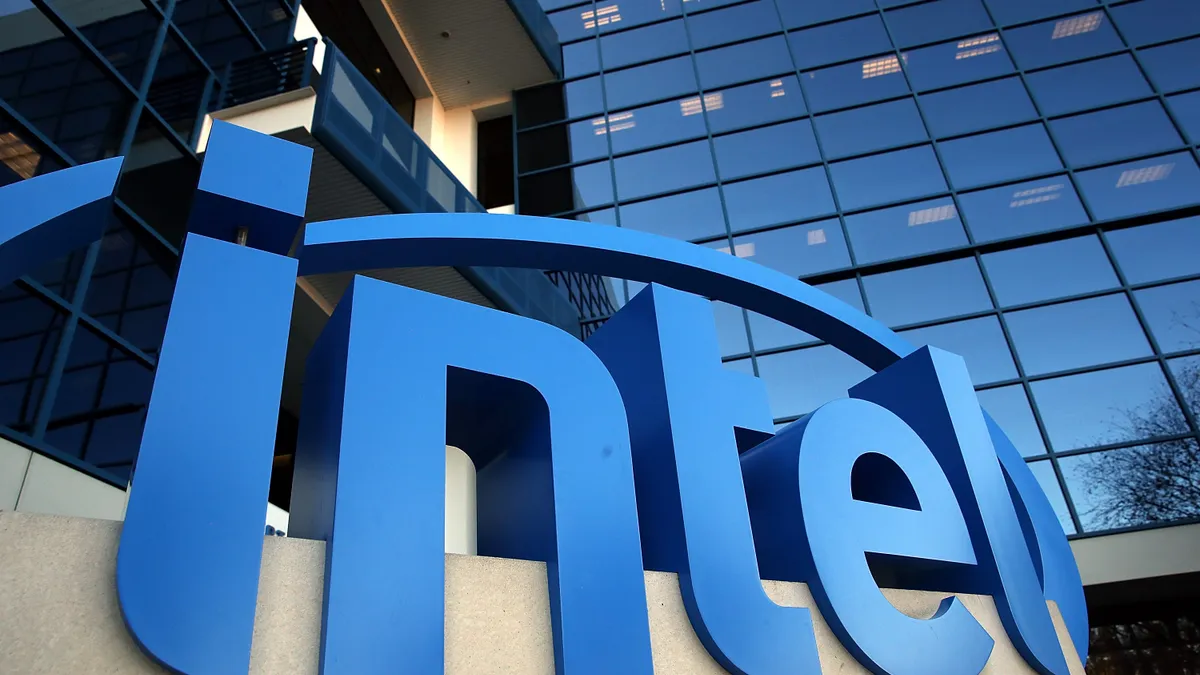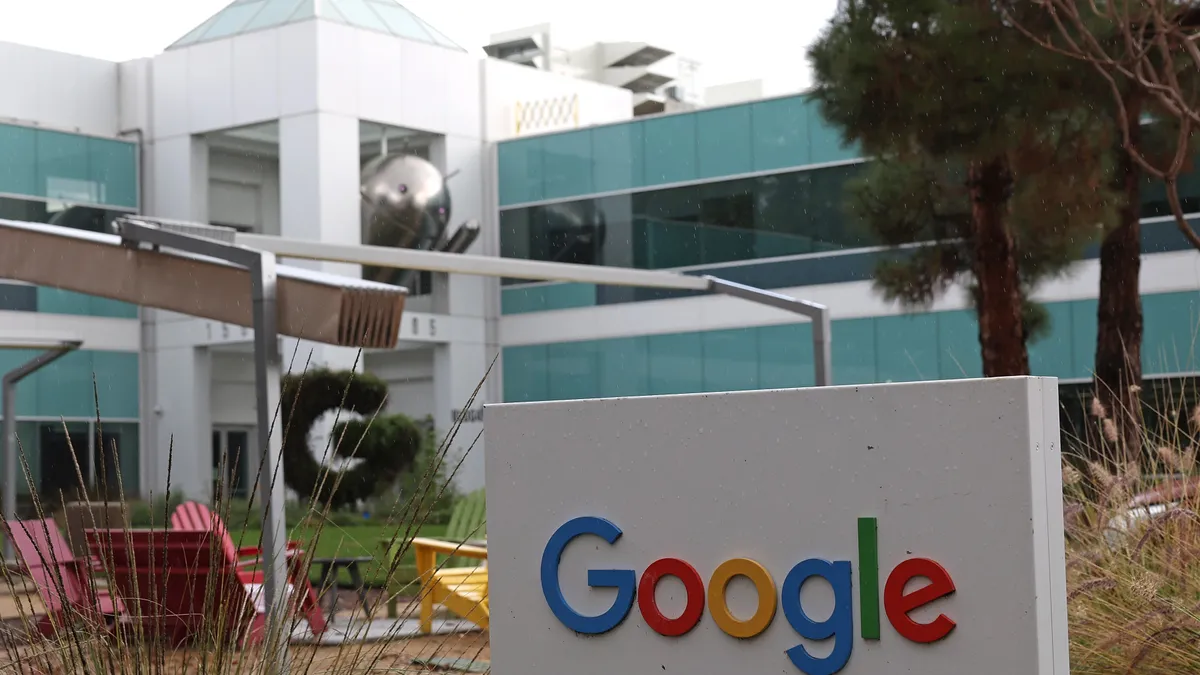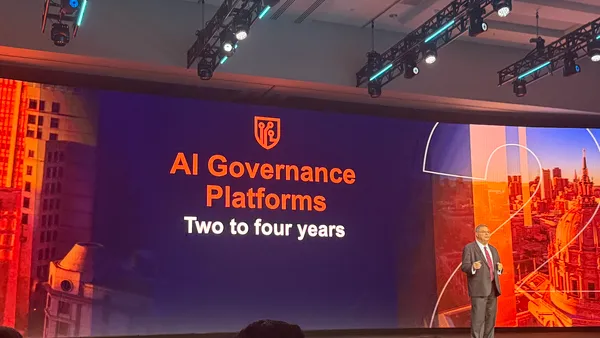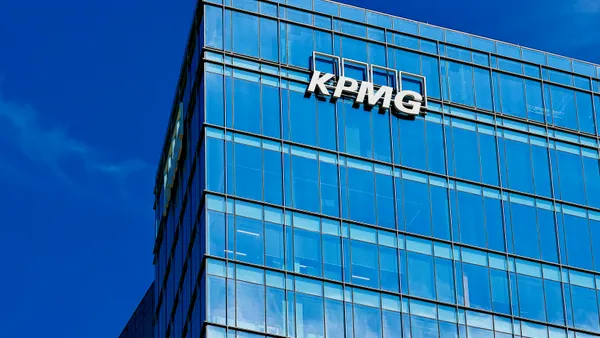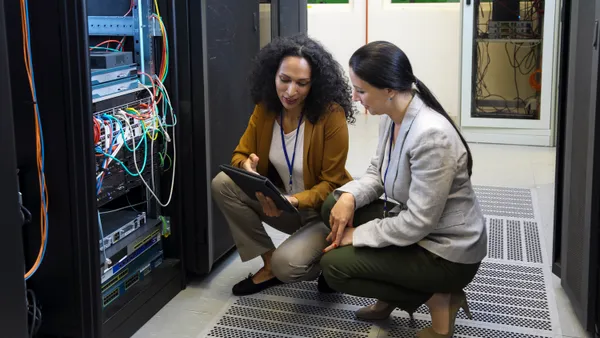Inflation is carving a path across sectors — and computer chip prices show it.
Intel recently began informing customers of upcoming price hikes, the company confirmed in an email to CIO Dive. Nikkei Asia first reported the news last week.
Customers were notified of increases in "certain segments of its business," CFO Dave Zinsner said during an April earnings call.
Inflation "creates a headwind that we are continuing to monitor," Zinsner said. The executive pointed to cost-reduction programs and increased pricing as part of its response.
TSMC, a key semiconductor manufacturer, is reportedly also gearing up to raise prices throughout next year, Bloomberg reports. The company did not immediately respond to a request for comment.
The cost of semiconductors has fallen steadily since the 1970s, and today they're part of everything: from servers to printers, new laptops to monitors or networking equipment.
The recent price hikes can cause a ripple effect through the supply chain and lead to higher costs for an IT buyer, whether their plans are to modernize servers or increase hardware purchases.
"The supply and demand currently is very out of balance," said Scott Almassy, partner at PwC.
Key drivers of price increase
In the computer chip industry, leftover supply chain hang ups from the past two years are still causing waves.
"We are continuing to see supply chain issues that have been in place since the early days of the pandemic," said Forrester Analyst Andrew Hewitt. "We haven't seen a full recovery yet of the major players in that space so we're still grappling with that limited supply."
Other factors are driving up the price, too, including the effects of inflation on the manufacturing process, as well as more macro events, such as disruptions driven from the Ukraine war.
"You had a perfect storm where the TSMCs and the Intels of the world said: we can't hold off anymore, we've got to increase our prices to keep up with rising costs," Almassy said.
In dealing with rising costs, one playbook executives can follow is to have a deep understanding of how technology impacts business goals, and use that knowledge to prioritize. If a tech overhaul is priority to the business but will now cost more, IT leaders can articulate that need and push for more resources.
One short-term effect of these price increases will likely be the extension of refresh cycles, where companies could take longer to replace pieces of equipment.
"I would not be surprised to see quite a few large enterprises delay refreshes of some kind, whether that's in devices or servers or what have you." Hewitt said. While PCs and laptops will have a three to four year refresh cycle, price hikes could stretch that period to four or five years.
With prices on the rise, it's back to the drawing board for CIOs, whose organizations will ask them to dictate between what is mission critical and what might be best to defer. In some categories, executives have already been deferring purchases to 2023. Gartner analysis shows enterprise device spending is on pace to contract slightly in 2022.
"You have to revisit your product roadmap," Almassy said. "Projects probably cost significantly more now than they did when you mapped it out and when you requested a budget."



